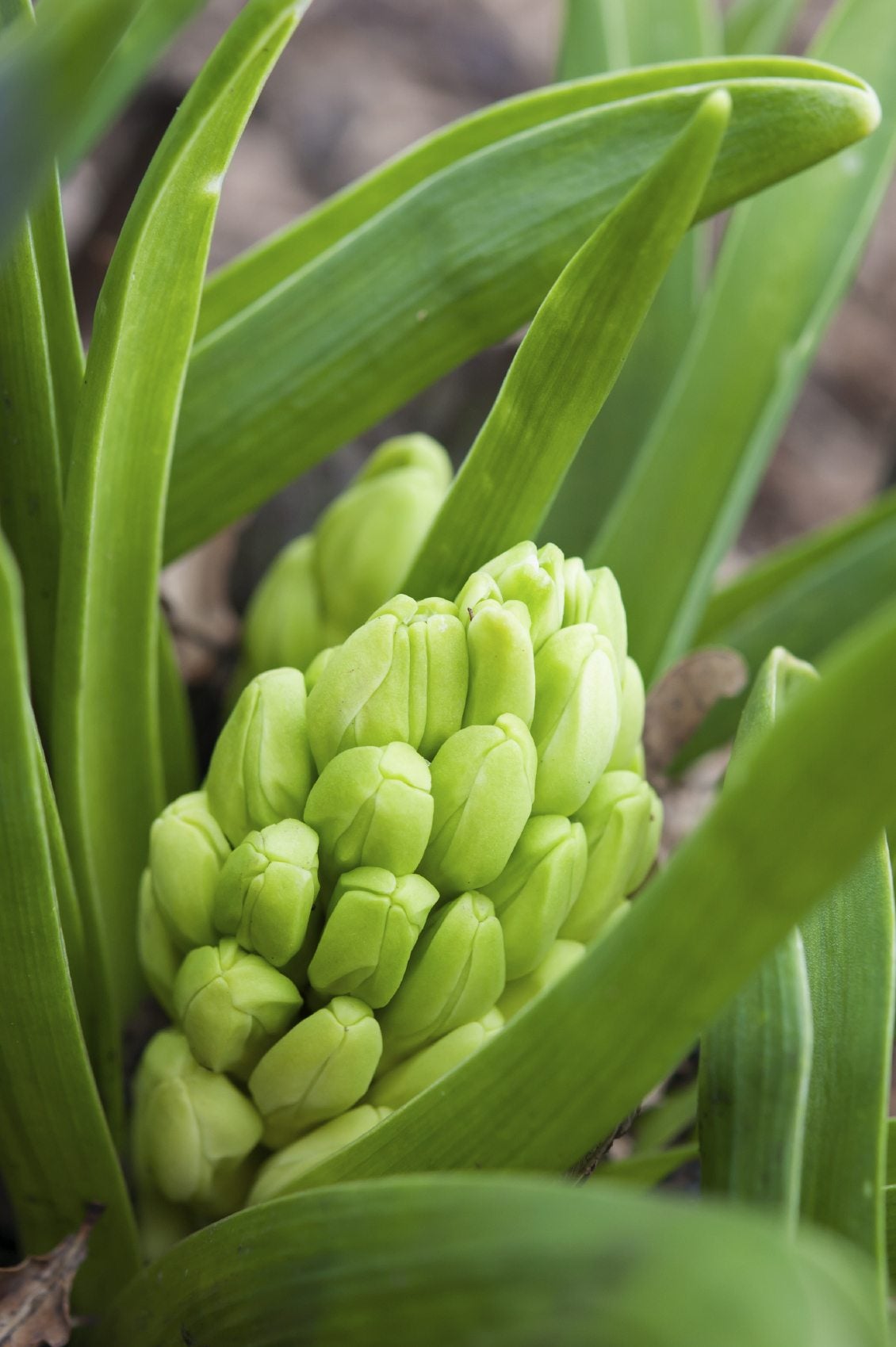Hyacinth Bud Drop: Why Hyacinth Buds Fall Off


Hyacinths are the harbinger of warm weather and the herald of a season of bounty. Bud problems with hyacinth are rare but occasionally these spring bulbs fail to bloom. Finding out why hyacinth buds fall off or, worse, why they never formed buds in the first place, can take some sleuthing. Various insects and animals find buds a tasty addition to their early spring diet while improper chilling could cause hyacinth flower problems. If you are sure you picked good bulbs and they are situated properly, get down on your hands and knees and find out the real reason your flowers have gone missing.
Why Hyacinth Buds Fall Off
Spring bulbs need a period of at least 12 to 15 weeks of chilling. This helps bulbs break dormancy and sprout a vigorous root system. Hyacinths are normally planted in fall in order to allow nature to provide this chilling period. Alternately, you can purchase pre-chilled bulbs and plant in spring. If your buds are forming but dropping before they have a chance to open, the cause may be in your soil. Improperly drained soil is a death knell for most bulbs. It promotes rot which can stop growth in its tracks. Another potential cause is poor soil nutrition. Always incorporate a good bulb food at planting to give your bulbs the best chance at sprouting and blooming. In addition, over time, bulbs naturalize and form bulblets which grow into full bulbs within a couple of years. The old bulbs will stop forming flowers, but never fear, the bulblets will soon be performing and a new crop of flowers will form.
Hyacinth Blooms Dropping Off from Pests
Tender shoots are irresistible food for animals that have survived the lean winter months. Outdoor hyacinth plants are prey to:
A very common condition where flower bulbs simply disappear is caused by cutworms. Cutworms don’t often bother flower bulbs but, on occasion, they will come in the night and simply snip and chomp away a tender bud. More likely causes for sudden bud problems with hyacinth are animals. Deer and other grazers eat tender shoots like candy and the forming bud is especially delicious. Usually the animal will take the entire plant, greens and all, but sometimes it is just the flower. Although animal pests can take a serious chunk out of your bulb patch, they do no lasting harm to the bulb itself unless you are plagued by digging rodents. Use repellents or cover the bulb patch with chicken wire or a row cover to prevent hyacinths from becoming a midnight snack.
Other Hyacinth Flower Problems
Hyacinth bud drop is a rare problem. Hyacinths are hardy bulbs with few pest or disease issues. Hyacinth blooms dropping off at the end of the season signal the time for the foliage to gather energy and recharge the bulb. Blooms only last a few weeks and then fade and die, raining the tiny florets to the ground as they go. In order to ensure a future crop of blooms, it is a good idea to divide a patch every two to three years. Allow the foliage to persist until it starts to yellow and then dig up the bulbs. Remove any with rot or disease and pick out the largest bulbs. Replant these in well worked soil that has been amended with organic supplements. This will allow the largest, healthiest bulbs to thrive without the sapping effect of an overcrowded patch.
Sign up for the Gardening Know How newsletter today and receive a free copy of our e-book "How to Grow Delicious Tomatoes".

Bonnie Grant is a professional landscaper with a Certification in Urban Gardening. She has been gardening and writing for 15 years. A former professional chef, she has a passion for edible landscaping.